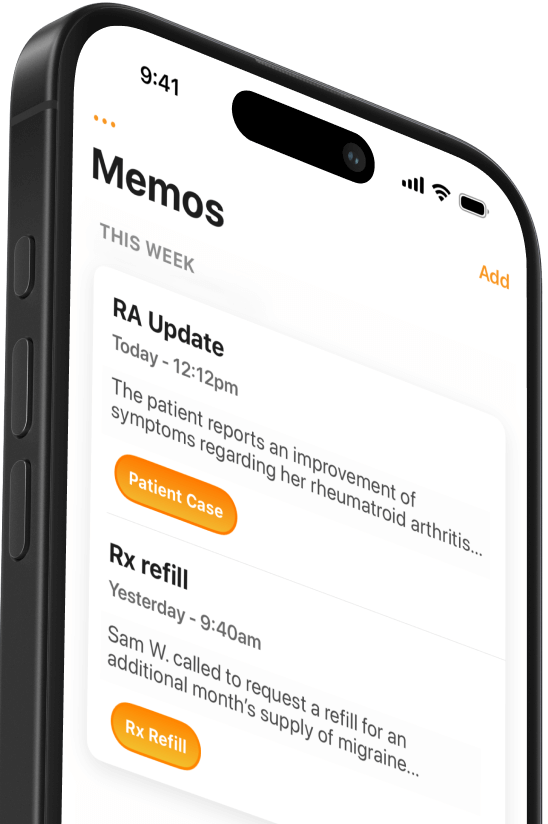How can hospitals better address population health?
The healthcare industry is evolving toward population health models that reduce costs while improving care, but many hospitals need strategies to scale these efforts effectively.


Popular articles
The healthcare industry is making strides in population health, which leverages holistic care models to improve outcomes while reducing costs. But many organizations struggle to scale existing efforts - an essential step as they role out value-based payment contracts. The Centers for Medicare and Medicaid Services (CMS) have made adoption of incentive-based or shared savings reimbursement models a major goal. Under the 2015 regulations, providers that generate Medicare savings and satisfy minimum quality performance standards are eligible to get back a portion of the savings they generate.While CMS aims to have 50 percent of Medicare payments in these value-based models by 2018, a recent report from PwC Health Research Institute found that only 30 percent of clinicians currently participate. For organizations with successful programs, CMS encourages greater savings by scaling up initiatives and adopting a two-sided financial risk model that involves sharing costs as well as savings. Whether existing or new programs, organizations need successful strategies to address population health.Based on interviews with executives from leading health organizations, HIR says the keys to scaling population health programs lie in developing full-service care delivery networks with strong care management, engaging patients through community resources and running data driven operations. This requires partnerships and targeted acquisitions to provide the skills and resources necessary to address “whole health” needs that are medical, social and environmental. HIR outlines six specific steps that organizations can take to adopt and scale up successful population health initiatives:
- Pick a major. HIR says that industry players should understand how population health supports their missions and fits into their existing business models before choosing strategies. As HealthcareITNews explains, an academic medical center might “minor” in population-based care at the community level and “major” in acute and chronic health population health.
- Think retail. Research shows that consumers expect health providers to offer the personalized levels of service and convenience they receive from other industries. HIR says that 80 percent of consumers are open to non-traditional ways of receiving care like virtual home visits, and health programs should apply a retail lens to offer consumer choice in care delivery.
- Establish the funding mechanism. PwC says organizations should design a payer strategy for population health to manage risk and sustain operations. For many providers this means outsourcing activities like “risk score optimization, actuarial analysis and claims administration.”
- Plan for early losses and contract accordingly. Nearly half of organizations in the CMS Shared Savings Program failed to break even after their first year, so HIR recommends that providers structure partnership contracts so that risk is shared appropriately among all partners in their population health delivery network. “They may consider a shared savings model in which dollars saved are divided into bonus payments, operational reinvestments and patient engagement incentives.”
- Redirect pent up demand. HIR finds that organizations with excess demand may have smoother transitions to value-based models as they operate more efficiently. These organizations should “continue to generate referrals, expand access and strive for patient loyalty.”
Evaluate often, adjust early. Population health programs require heavy operations investments and have high fixed costs. HIR says that organizations should build services around patient cohorts, actively monitor health outcomes and regularly reevaluate whether patients assigned to each group still belong there.
Related Articles


We Get Doctors Home on Time.
Contact us
We proudly offer enterprise-ready solutions for large clinical practices and hospitals.
Whether you’re looking for a universal dictation platform or want to improve the documentation efficiency of your workforce, we’re here to help.




